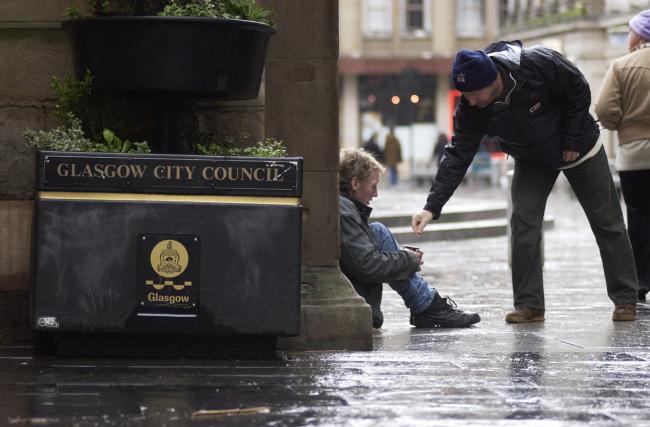The nature of flat pack assembly lends itself to many products outside the world of furniture design. More recently, flat pack design methods have been applied in tackling aid and disaster relief for the people who need it most.
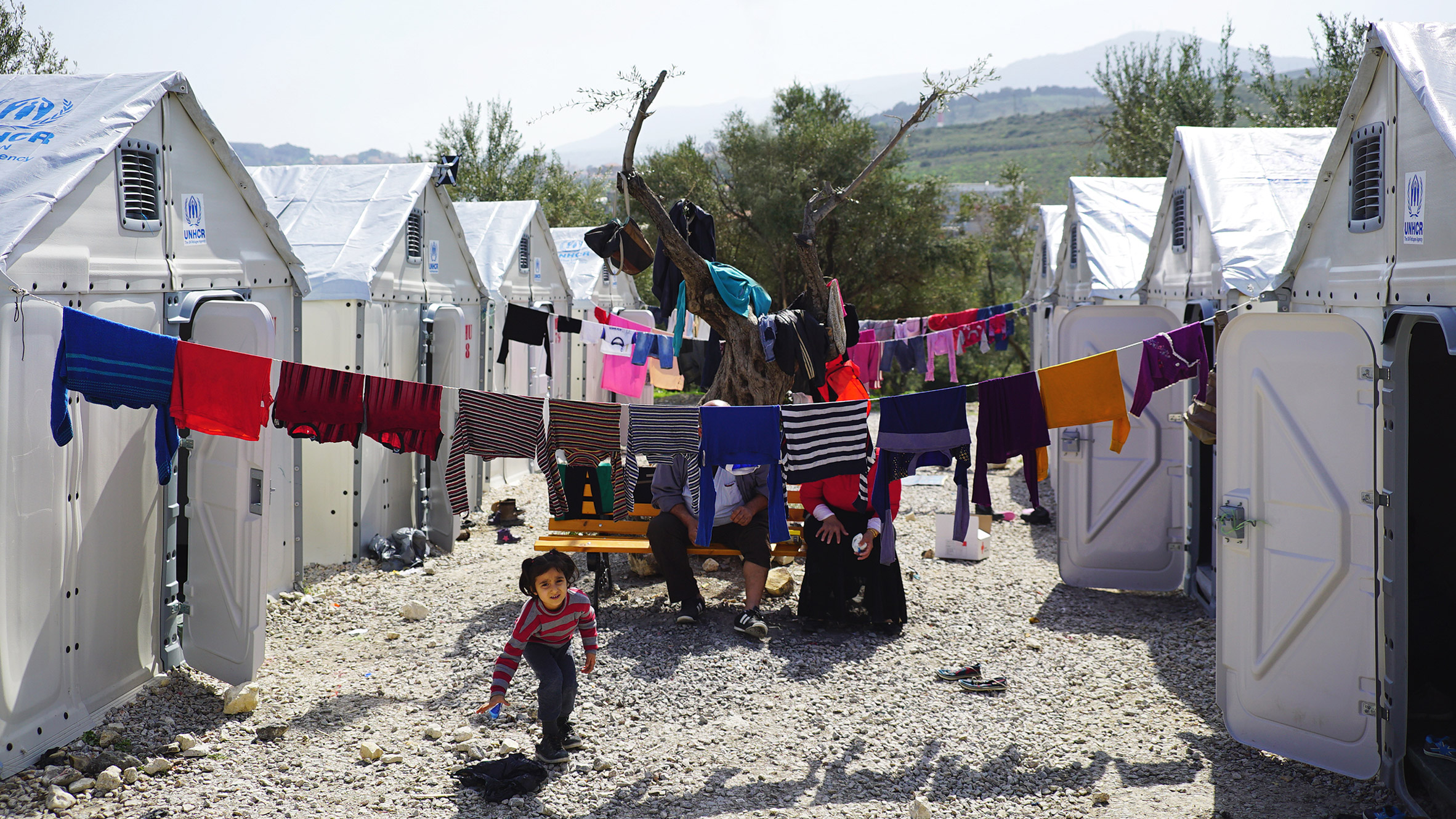
If you have been following my blogs, it's pretty clear I feel Ikea's Better Shelter is one of the best examples of modern day "great design". But Ikea is not the only company trying to help return privacy and comfort back into the life of disaster victims.
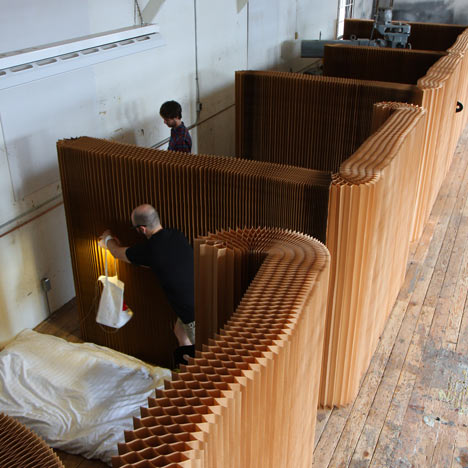
Canadian studio Molo has designed a system of paper partitions to provide privacy at shelters in the wake of a disaster. The partitions are simply unfolded into place and assembled without the need for any tools. Unlike the Ikea's Better Shelter, this product aims to return privacy to victims of earthquakes and floods who are forced to leave their home and take refuge in community halls or warehouses. The product seems to be aimed towards the western world where the volume of people displaced is much lower than the refugee crises in Syria.

The partitions act as a curtain, in a similar way to those found in hospital wards, but have a warmer, more comforting appearance. I believe the wavy form and structure brings a softer touch. Without dividers, the arrangement inside the hall would be scattered and chaotic. Flat pack dividers add order and comfort to an area where people have lost nearly everything.
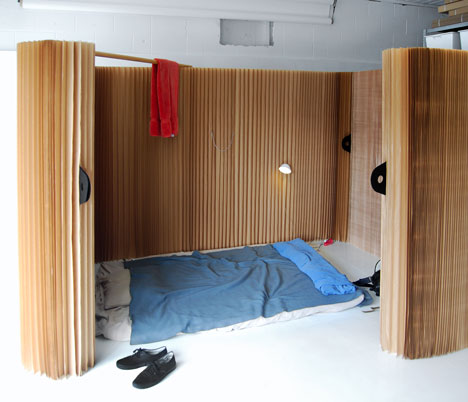
The idea of tackling developing world problems with Flat Pack has also lured famous designers into creating solutions. The McLaren F1 designer, Gordon Murray has stepped away from the supercar design industry and focused his talents on developing a low-cost vehicle designed to be shipped, flatpack-style, and assembled on-site for developing world countries.

Introducing the OX...
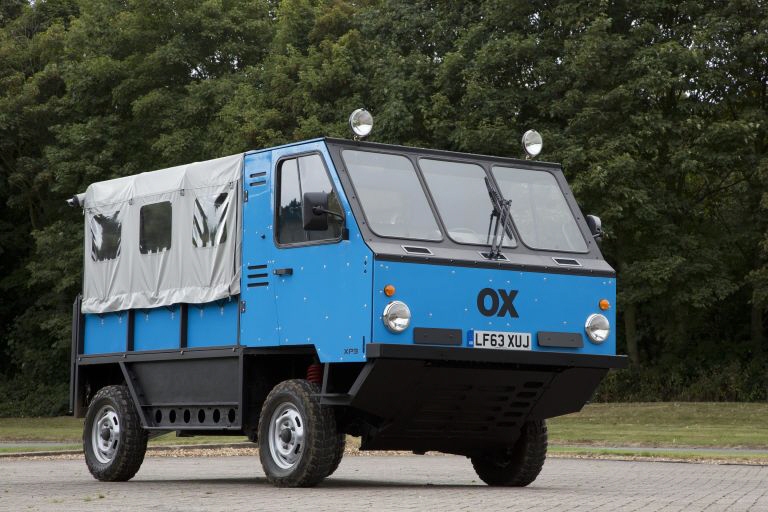
The first question I asked myself when I saw this was "Why does it have to be flat pack?". The answer was not what I expected. Basically, Import duties on vehicles are steep in Africa, making low-cost vehicles unaffordable for most. In Nigeria, the duty is 35% to 70% of the vehicle's total cost. By shipping it as cargo and having it assembled within its' country of destination, the tariffs can be avoided, dropping to just 5% in Nigeria. The flat-pack nature of the design also allows more OXen packages to be crammed into a shipping container than if they were pre-assembled.
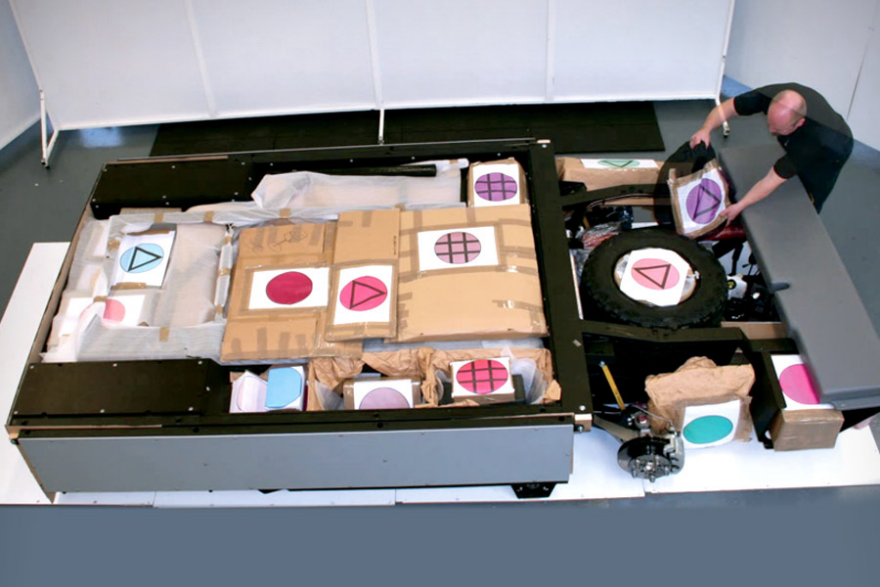
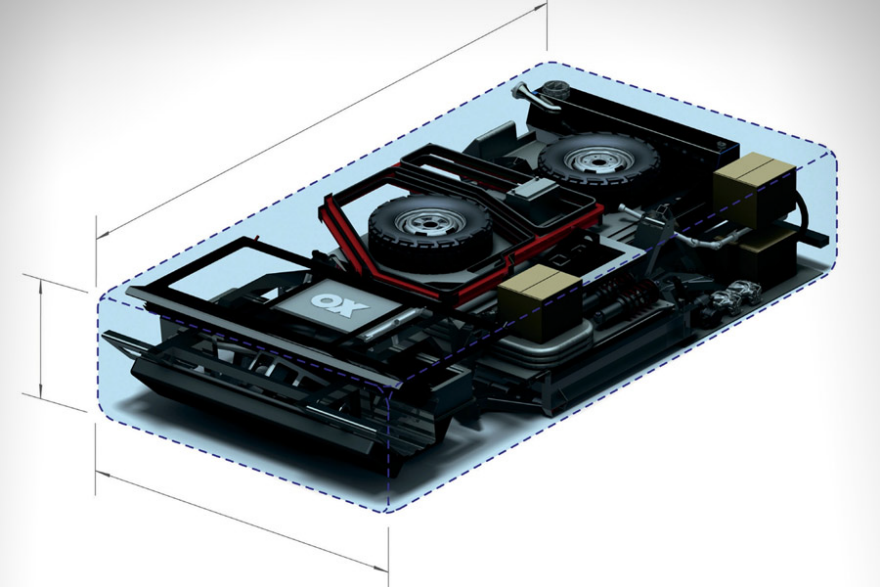
With a great bit of thought put into utilitarian design, the OX offers some great features necessary for the developing world. These include a loading ramp, seating for up to 14 people, jerry can storage, a canopy that can be removed to form a temporary shelter and a cleverly designed undercarriage to tackle rough terrain. The windshield is also split into 3 panes, so if there's a breakage only a small section of glass has to be replaced. With a goal to "see an OX in every village in Africa", Murray is doing his part in applying flat pack design methods to help create a better future for the developing world.
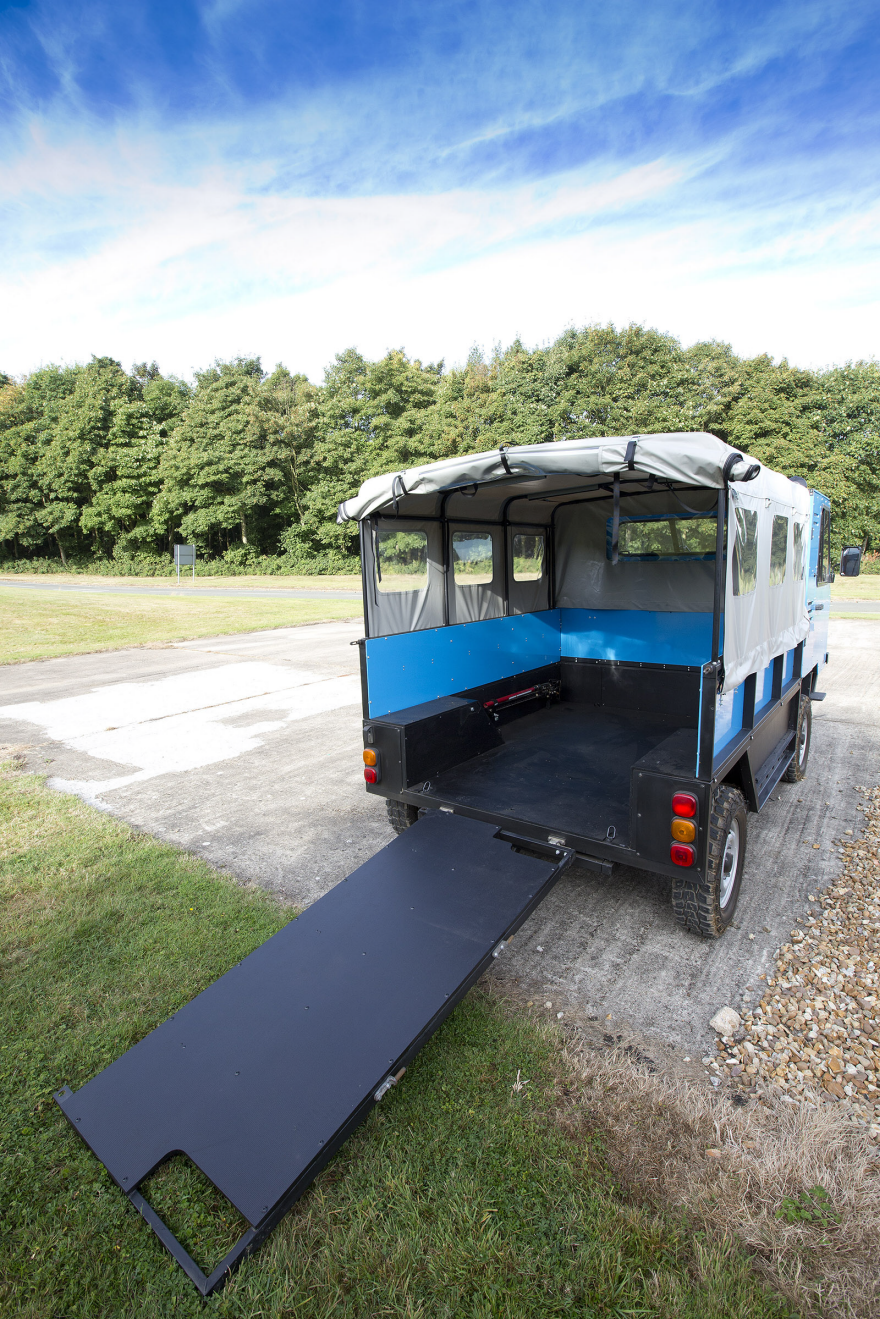

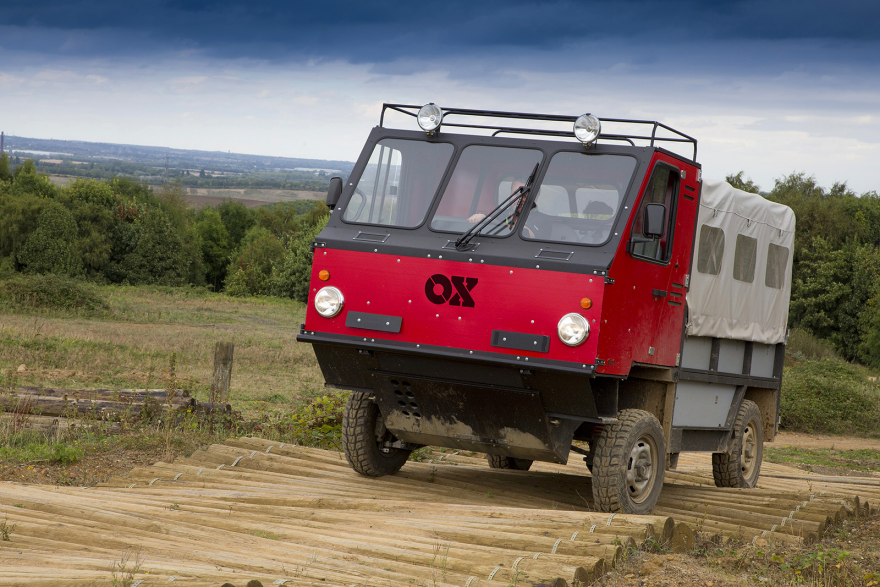
The compact transport, low-cost manufacturing and ease of assembly found in flat pack design seems to suit humanitarian aid, developing world problems and natural disasters.
Through my research, I've also found student projects that have applied the "flat pack" approach.

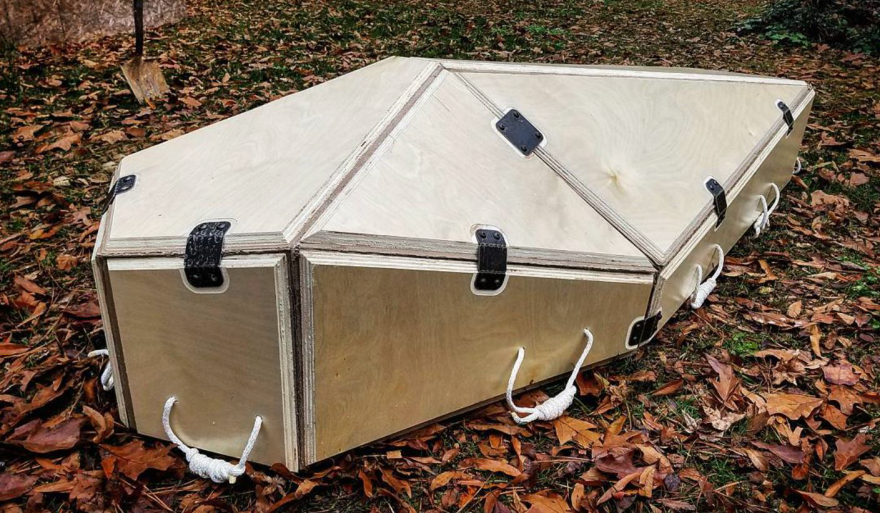
"Over 100,000 people die every year from natural disasters. Their families have often lost everything they own, and they can't afford to give their loved ones the funeral they deserve. Our casket provides an affordable, sustainable, and dignified solution for victims of natural disasters. It packs flat for expedited deployment and provides a platform for volunteers and professionals to collect and care for victims with safety and sanitation in mind."
Credit: Riley Keen, Kara Kenna
This casket may not be the most graceful way of burying loved ones, but in some developing countries it's much better than nothing. I appreciate how this casket would bring back some dignity around the burial of disaster victims and hope this design becomes a reality in the future.
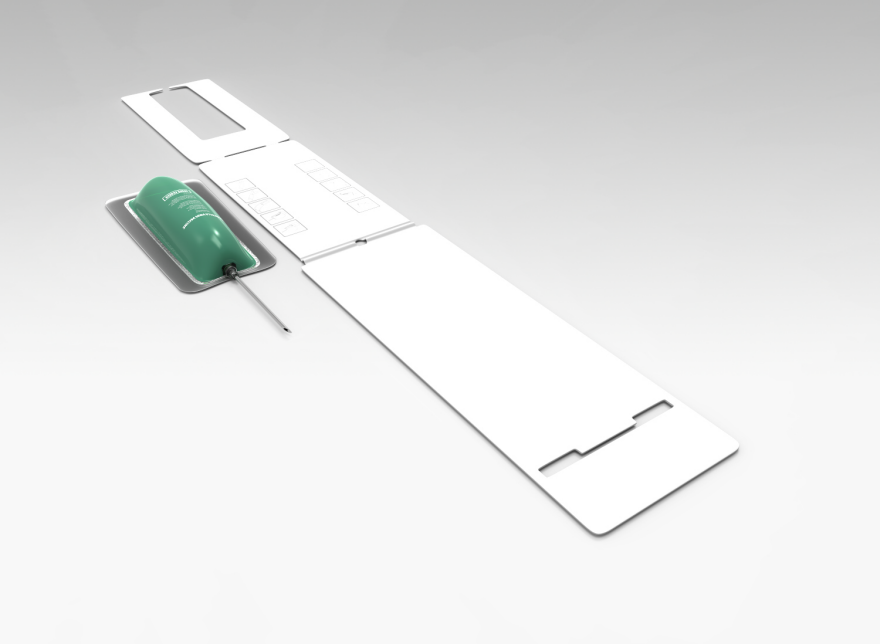

"Single-Use Aid is a non-reusable syringe comprising of a disposable cardboard body and a medication blister with an attached needle. This syringe tries to fight the problem of disease spread by the reuse of syringes."
Credit: Horacio M. Pace Bedetti, Carlos Paulino Montero, Andres Conejero Rodilla
I think this is an ingenious little way to help prevent the reuse of syringes! It looks very simple and compact, making it an ideal for transport. I just wonder, how effective is it in use?
But maybe there could be an opportunity to apply flat humanitarian pack design closer to home? I remember walking down West Hastings street in downtown Vancouver during the summer. Although this was central Vancouver, the homeless population on one single street was breathtaking. In the UK, it's expected that 54,000 people are sleeping rough every year. Could cheap collapsible shelters be developed for housing the 300+ homeless of Glasgow?
